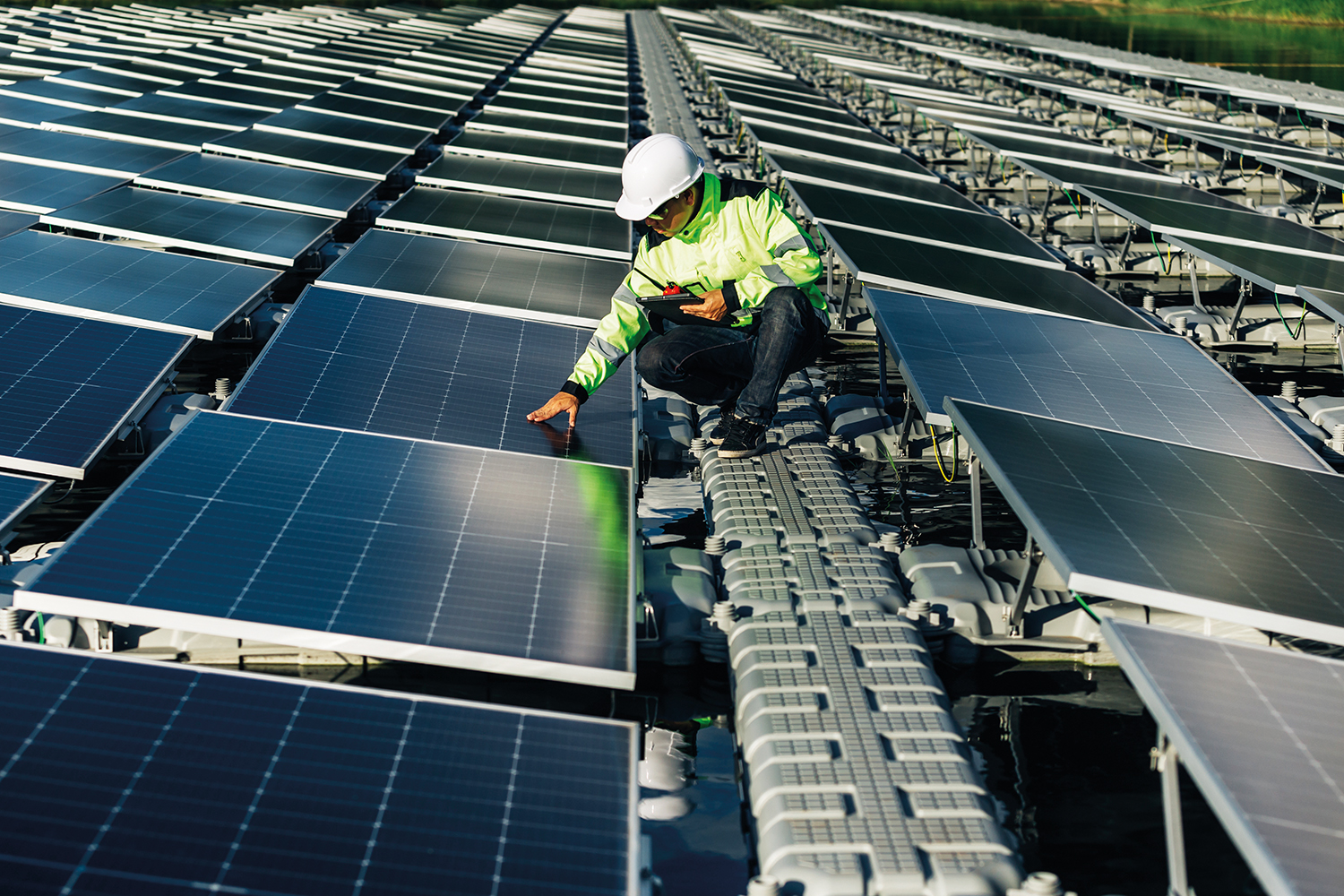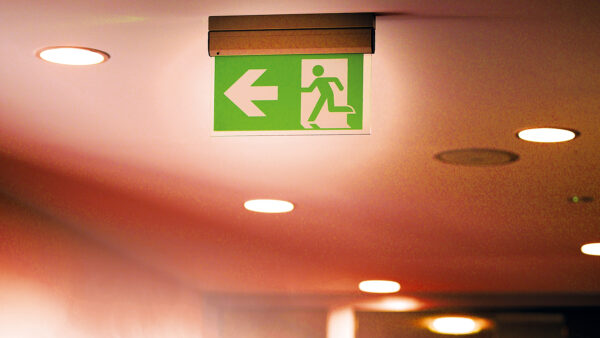Neil Gibbins and Peter Wilkinson describe the process of receiving industry knowledge and developing reports from it.
CROSS is receiving and publishing fire-related reports covering some of the key interest areas here in the UK – product markings and marketing, competence, oversight during construction, the use of modern or novel systems or approaches and the impact of climate change considerations on building and firefighter safety.
For example, in one instance a reporter (the person filing the report) is concerned about the monitoring of photovoltaic (PV) panels and whether all the possible lessons are learned from current experience. One of the triggers for this report was a fire in a building under construction.
The reporter raises the fact that building integrated photovoltaic (BIPV) panels were present in the building, rather than building attached photovoltaics (BAPV). BAPVs are fitted on existing surfaces that comprise the structure (like flat or tiled roofs), while BIPVs essentially replace construction elements and the panel becomes part of the building (potentially facade or roof element).
PV panel installations
The issue of photovoltaic panel installations is one of the ongoing issues relating to new developments in construction and building technology potentially presenting different fire risks to more conventional methods.
The CROSS expert panel acknowledges and supports the need for sustainable growth and greener energy solutions, and this report is another good example of how their introduction to the built environment can require additional considerations by designers. However, pursuing the green agenda cannot be at the expense of safety for all, and the potential for creating a future legacy issue must be acknowledged at an early stage and throughout the project.

In another example, a reporter is concerned about the possibility of fire spread between buildings when the external plastic composite fencing is involved in a fire. Composite fencing usually comprises a synthetic product that uses wood and plastic as its primary materials. It has also been referred to as plastic wood.
Composite products
These products are made in factory conditions where the wood fibres and plastic are mixed with an adhesive and undergo heat treatment. This process results in a durable, lightweight composite product. Because wood fibre and plastic are often recycled materials, these composite products are attractive as an eco-friendly solution. Due to their usual field of application, they are not considered construction products and their desired properties are not explicitly covered in technical guidance.
The CROSS expert panel considers that the reporter raised a very interesting point. Composite decking products have been the focus of previous reports in two cases: in one they are used to form the common access balcony and in the other information on their expected performance or its certification would not be provided.
Even if it may not be a legal requirement, it can be considered good practice and common sense on the side of those who are responsible for safety (in the event of fire) to consider any possible risk (flames/heat/smoke) posed by these products where they are placed externally.
The production of smoke during a fire, and its toxicity, can pose serious risks to the safety of the building occupants, area residents and emergency responders, along with any potential environmental concerns.
Neil Gibbins is lead fire safety consultant for CROSS-UK. Peter Wilkinson is a CROSS designated person and a fire engineering consultant.












